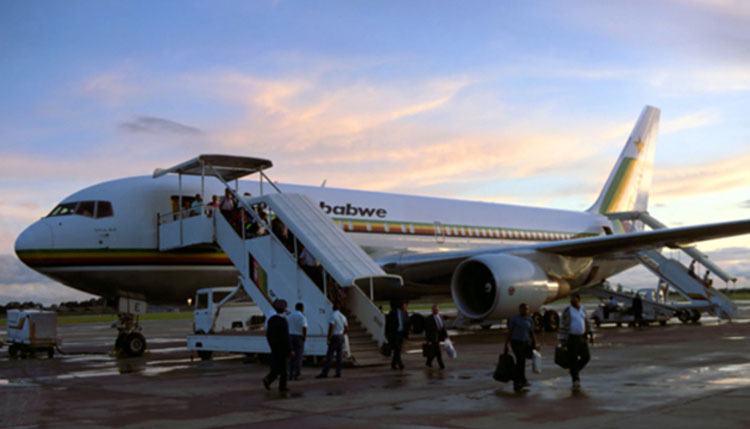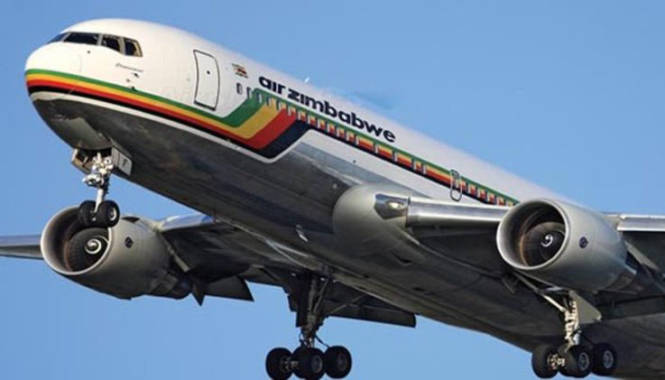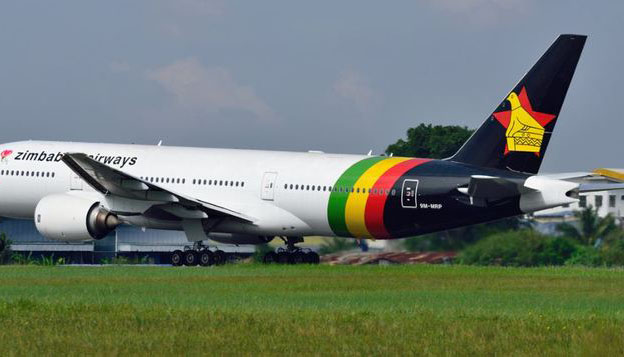
The Sunday Mail

Air Zimbabwe is battling a serious shortage of aircraft amid indications that it only has two serviceable aeroplanes, resulting in crippling flight cancellations that have dented the company’s integrity among travellers.
Social media has been awash with messages mocking Air Zimbabwe for flight delays and/or cancellations.
This comes as the rumour mill is claiming that the flight delays are being occasioned by resignations of key staff.
Last week, Air Zimbabwe communications officer Ms Firstme Vitori, told The Sunday Mail Business that while some employees have pursued greener pastures, many were retrenched last year as part of a cost rationalisation exercise.
The retrenchment exercise, which targeted addressing the parastatal’s bloated management, has helped Air Zimbabwe to reduce staff costs by 23 percent of total monthly revenue, which averages US$2,6m.
Ms Vitori said the biggest obstacle at Air Zimbabwe is lack of an aircraft fleet that is capable of meeting market demand.
“. . . the major challenge which the airline is currently seized with, which has resulted in loss of schedule integrity, is insufficient equipment.
“Air Zimbabwe is currently operating two serviceable air crafts hence whenever there is a technical fault on one, delays or cancellations are inevitable.
“This fleet is not commensurate with the market demand on the current route network, notwithstanding other expansion plans contained in the turnaround strategy,” said Ms Vitori.
She said there was an urgent need to augment the existing fleet with “new modern aircraft”.
Without divulging details, Ms Vitori said engagements are “currently ongoing” to address the issue with “assistance and guidance” from Government.
Government is understood to be working on acquiring three Embraer ERJ145 aircraft and lease two others that are expected to ply routes in southern Africa.
This is in line with the Ministry of Transport and Infrastructure Development’s 100-day deliverables set by Cabinet.
The 100 days elapse on April 10.
Air Zimbabwe’s aircraft fleet has been declining from 18 in 1980 to five as at August last year, before further coming down to two at the moment.
The planes are occasionally hit by mechanical problems resulting in flight schedule disruptions, which leave passengers stranded.
Government has also been considering finding a technical partner for Air Zimbabwe so as to resuscitate the company.
Nonetheless, the process has occasionally hit turbulence amid indications that Government was considering abandoning the proposal and locate internal measures to bring Air Zimbabwe back to its feet.
Despite its challenges, Government views Air Zimbabwe as a strategic asset and is open to assuming its legacy debt estimated at over US$330 million to make it attractive to potential suitors.
Meanwhile, Ms Vitori conceded that Air Zimbabwe’s integrity has “suffered a huge knock” due to flight delays or cancellations.
Two more pilots are currently being trained to “mitigate unforeseen scenarios” where a pilot may fall sick and fail to report for work.
The two pilots are expected to join the fleet at command level in a month’s time. At the moment, Air Zimbabwe has 27 pilots — down from 50 in 2011 — but only 16 are active, with five on the B737-200 and 11 on the B767-200.
The other pilots are inactive because their aircrafts are grounded due to lack of spares.
Ms Vitori said procurement of spares for all the aircrafts on the fleet requires an average of US$1 million per month but Air Zimbabwe is allocated US$200 000 monthly.
Flight disruptions continue to eat into Air Zimbabwe’s revenue as the firm meets passengers’ transport, hotel and meal costs.
Challenges dogging Air Zimbabwe have reportedly seen its passenger numbers coming down to 230 000 per year in recent years compared to a peak of one million in 1996.
In the last three years, annual revenue figures were US$32,8 million in 2015; US$34,2 million (2016) and US$29 million last year.






